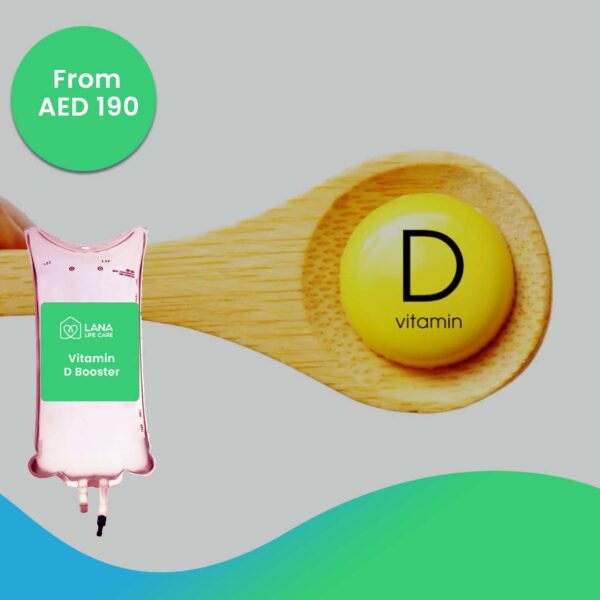
Hundreds of people suffer from chronic pain – though mostly back pain, some also have joint pains. Every year, thousands of labor hours are lost due to pain. The pain can be caused by accident, trauma, or degenerative tissue/bone. It can make life miserable, with the individual unable to work, relax or take a vacation – basically, it can hamper your daily life.
On top of it, chronic pain can make you stressed and tense, prone to irritation, and vulnerable to other mental and physical ailments. In fact, it is one of the major causes of limited mobility and the inability to work all over the world. This has a financial impact not only on those individuals and families, but also on the community, economy, and the government as a whole.
Are you one of the thousands of individuals dealing with chronic pain? Are you fed up with how it is ruining your life? Don’t despair; physical therapy can help you. A licensed therapist can guide you through the exercises and other treatments you need to do so that you can get back into your daily routine and be pain-free.
If you haven’t experienced physical therapy before and are feeling apprehensive, please be assured that it’s nothing to worry about. For the first appointment you have, the physical therapist assigned to you will conduct a thorough examination of your body and get your detailed medical history. This detailed information will help your therapist to design the optimal treatment plan for you to get effective pain relief, improved mobility, and more in the long run.
Your therapist may want to evaluate factors like your blood pressure, heart rate, respiratory rate, posture, balance, strength, flexibility, coordination, and so on. They may palpate the different areas of your body to assess the muscles – are they tight? They may make you walk, bend or do a few simple movements to evaluate your mobility and range of motion.
Our physical therapist will teach you some exercises that you can do by yourself at home to help ease the strain, reduce pain, prevent injury, and quicken recovery time. You may also be prescribed specific technology to be used for this. The therapist will also take the time to educate you about the source of your pain and provide methods to manage it effectively.
ALSO READ: Physiotherapy Exercises For Lower Back Pain
Physical therapy is a kind of treatment that helps to manage disability and injury, and relieve pain; it focuses on improving the overall health and well-being of an individual. It is an approach that promotes all-round and complete healing, and helps restore mobility and improve range of motion. A physical therapist is an expert at pain alleviation and improving movement. They are trained in safe and holistic techniques for managing pain, including rehabilitating patients with orthopedic, cardiovascular, and neurological issues.
There are two main types of physical therapy: active physiotherapy and passive physiotherapy. The physical therapist will take into account the individual patient’s current health condition and their health goals and devise a tailor-made plan for everyone.
Both active and passive physiotherapy are unique in their own way. They are usually used in combination to provide maximum benefits to patients and ensure optimal health and fitness outcomes. The difference between the two types of physiotherapy stems from how much movement the patient does.
From the name, you can guess that this type of physiotherapy is one where you don’t have to move your muscles and joints. This is often prescribed when the patient is still in extreme pain or is too weak and unable to do specific exercises. Some patients may be experiencing discomfort that prevents them from doing heavy or very active exercises. In these cases, passive physiotherapy is administered first, with the aim of helping the patient to progress to more active therapy later.
Passive physiotherapy includes:
After assessing your injury or health condition, your physical therapist may teach you some passive physiotherapy exercises to aid in the loosening of tight muscles, and improving mobility in your joints, before you can move on to more active exercise. These exercises involve movements that offer substantial benefits even if you do not exert yourself physically.
Passive physiotherapy exercises include movements that aim to promote and enhance blood circulation to the problem area, helping in quicker recovery. When these therapeutic movements are repeated consistently, the connection between your nervous system and the injured muscles is strengthened.
Your therapist will move your body for you, but it is essential for you to concentrate on the movement. As your mind and body have a reciprocal connection, one of them impacts the other. If your mind is distracted, your body will not get the desired results.
Having chronic back or joint pain is no fun. Not only that it prevents you from being active, but the nagging pain can also make life miserable on all fronts. Passive physiotherapy helps lower your pain as much as possible so that you are able to actively participate in your complete healing. Passive physiotherapy works to offer pain relief and manage it as well.
ALSO READ: The Benefits of Getting Physiotherapy Treatment at Home
In this approach, the patient actually does some movement – exercises as taught by the physical therapist. It could begin with simple stretching of muscles or joint movement. The exercises may progress to treadmills and using a stationary bike once the patient’s muscles become stronger, and their range of motion improves.
Massage is also a type of active physiotherapy because the muscles are kneaded and moved a little more aggressively. This helps them recover quicker as it promotes blood flow to the injured or damaged area, stimulating natural healing.
Balancing, light weightlifting, aerobics, and swimming are other active physiotherapy examples of exercises that a patient may be asked to do. Weight lifting and balancing are especially important for patients recovering from knee and ankle injuries, where regaining balance is crucial.
Auto accident injuries tend to weaken musculoskeletal body parts like muscles and tendons. This can cause immobility or limited mobility, tingling, and numbness in addition to severe pain. Such injuries respond very well to different types of active physiotherapy exercises.
These exercises help patients to strengthen their muscles and improve range of motion and mobility in the injured area, restoring function and promoting quicker healing. Your physical therapist will design a treatment plan after taking into account your current fitness level, your injuries, pain levels, and your fitness goals.
ALSO READ: Physiotherapy for Stroke Patients
The main distinction between active and passive physiotherapy is that in the active approach, it is the patient who does the exercises, whereas, in the passive approach, certain actions are performed on you by your therapist.
The physical therapist may recommend any physical exercise for you depending on your injuries, health conditions, and more. Some of the exercises are:
Each type of exercise aims at a specific result – improving range of motion, improving blood flow, restoring mobility, strengthening muscles, improving balance, and so on. These exercises are usually recommended a little later, once your pain levels have come to a manageable level and when you are in a better position to be active.
So, which is right for you? While it is of course up to your therapist, you need to understand that both these methods are not mutually exclusive. They provide optimal health and fitness outcomes when used together. They warm up muscles, relieve pain, and strengthen the muscles, allowing improved mobility. When used together, both active and passive physical therapy can help you improve the quality of your life significantly.



